Water storage is a critical aspect of emergency preparedness, yet many overlook the safety of consuming stored water after a significant period. This concern raises numerous questions about the longevity and purity of water in storage. Factors such as container material, environmental conditions, and water source play pivotal roles in determining water safety. This article delves into these aspects, offering insights into whether it’s truly safe to drink old water storage. Understanding these elements is crucial for anyone relying on stored water for emergency situations or day-to-day use.
Contents
- 1 Understanding Water Storage Basics
- 2 Risks Associated With Old Water Storage
- 3 How Time Affects Stored Water
- 4 Best Practices For Safe Water Storage
- 5 Purification And Treatment Methods
- 6 Signs Of Unsafe Water
- 7 Legal And Health Guidelines
- 8 Alternatives To Long-Term Water Storage
- 9 Safeguard Your Water, Secure Your Health
Understanding Water Storage Basics

Water storage isn’t just about having a reserve; it’s a meticulous process that ensures the availability of safe drinking water when regular sources are compromised. Primarily used in emergency situations, water storage can vary from simple bottled water to sophisticated tank systems. Each method comes with its own set of guidelines and shelf lives. For instance, commercially bottled water has a longer shelf life compared to water stored in DIY containers. Understanding these basics is the first step in ensuring the safety and reliability of your water storage.
The types of water storage are as diverse as their purposes. Bottled water, the most common form, is preferred for its convenience and regulated safety standards. On the other hand, large tanks and DIY methods cater to those needing larger volumes, often for prolonged durations. However, the choice of storage method significantly influences the water’s shelf life and safety. Factors like the material of the container, the initial quality of water, and storage conditions play crucial roles in determining how long the water remains safe for consumption.
Risks Associated With Old Water Storage
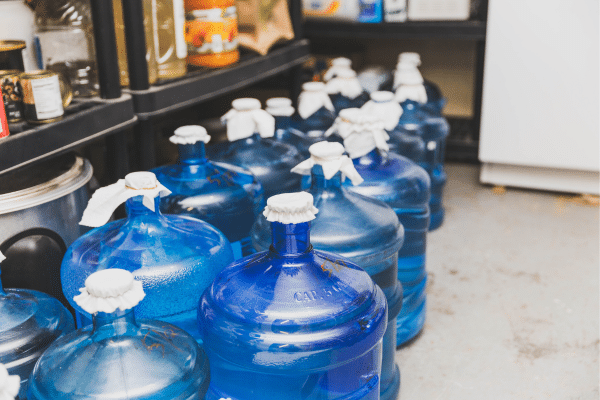
Stored water, if not managed properly, can become a breeding ground for bacteria and other contaminants. Over time, the risk of bacterial growth increases, especially if the storage conditions are not optimal. This risk is compounded in DIY storage solutions where sterilization and sealing might not be as effective as in commercially bottled water. Bacterial contamination can lead to waterborne diseases, making the consumption of old stored water a health hazard.
Another significant concern is the chemical leaching from storage containers. Plastic containers, particularly those not designed for long-term water storage, can release harmful chemicals into the water. These chemicals, over prolonged periods, can be detrimental to health. Environmental factors like temperature and exposure to sunlight can accelerate this process, further compromising the water’s safety. Therefore, understanding and mitigating these risks is essential for anyone relying on stored water.
How Time Affects Stored Water
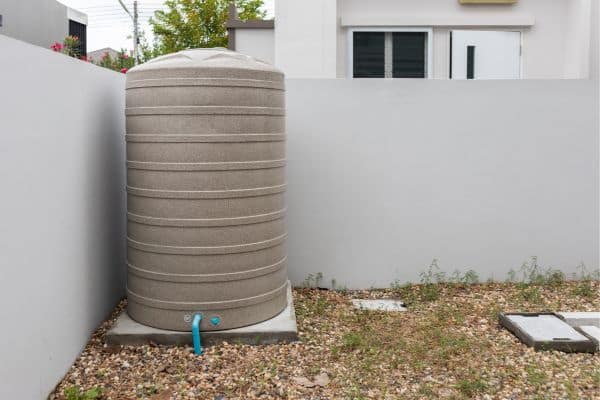
Over time, stored water can undergo changes that affect its taste and odor. While often harmless, these changes can make the water less palatable, leading to a reluctance to consume it, especially in emergencies where it might be the only source of hydration. The taste and odor alterations are usually due to the interaction between the water and its container, as well as the conditions in which it’s stored.
The integrity of plastic containers also diminishes over time. As plastic breaks down, it can release compounds into the water, potentially making it unsafe to drink. This breakdown is accelerated by factors such as high temperatures and direct sunlight exposure. The shelf life of commercially bottled water is generally longer because these bottles are designed to minimize such risks. In contrast, self-stored water in reused containers may not offer the same level of safety over extended periods.
Best Practices For Safe Water Storage
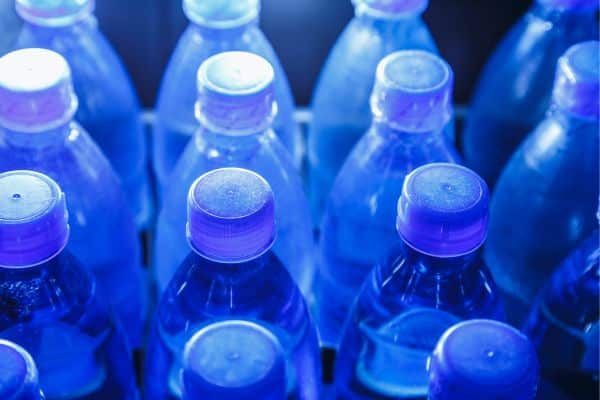
Selecting the proper containers is crucial for safe water storage. Containers should be made of food-grade materials, be durable, and have a tight seal to prevent contamination. Size also matters; larger containers are suitable for long-term storage, while smaller ones are convenient for regular rotation. The material of the container plays a significant role in the water’s shelf life and safety, with options like glass and certain plastics being preferable.
Equally important is the storage environment. A cool, dark, and dry place is ideal for storing water as it minimizes the risk of bacterial growth and chemical leaching. Regular rotation and replacement of stored water are also key practices. This ensures that the water is not only fresh but also gives an opportunity to inspect the storage conditions and container integrity. Adhering to these best practices can significantly enhance the safety and longevity of stored water.
Purification And Treatment Methods
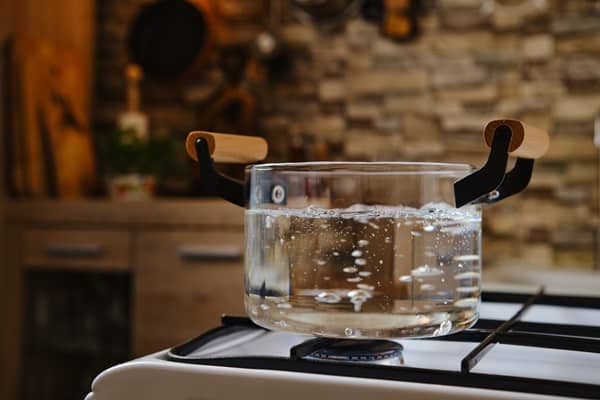
When dealing with old stored water, purification and treatment are essential to ensure safety. Boiling is one of the most effective methods, as it kills bacteria and other pathogens. For water that has been stored for an extended period, boiling for at least one minute is recommended. However, boiling cannot remove chemical contaminants, which is a limitation in areas where chemical contamination is a concern. In such cases, additional purification methods may be necessary.
Chemical treatments, such as using chlorine or iodine, are also effective in purifying stored water. These methods are particularly useful when boiling is not feasible. Chlorine, for instance, can kill most bacteria and viruses, but it’s essential to use the correct concentration to avoid harmful effects. Filtration systems, ranging from simple pitchers to more complex setups, can also be effective, especially in removing chemical contaminants. Just keep in mind that it is crucial to choose a filtration method that suits the specific contaminants present in the water.
Signs Of Unsafe Water
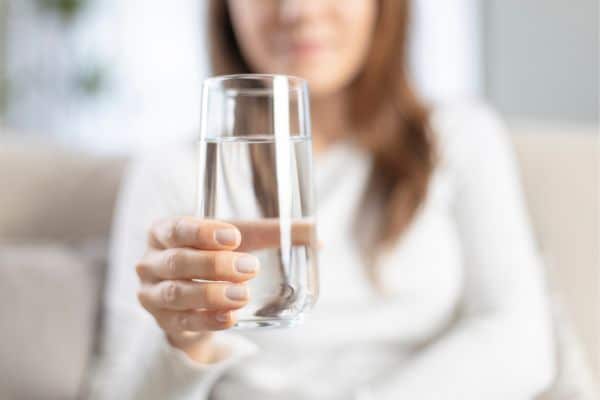
Identifying unsafe water is a critical skill in managing water storage. Visual indicators are the first line of defense; water that appears cloudy or has visible algae growth is likely contaminated and unsafe for consumption. These visual cues are often the earliest signs that the water needs to be treated or discarded. In addition to visible signs, the smell and taste of water can also indicate contamination. A foul odor or an unusual taste can be a warning sign of bacterial growth or chemical leaching.
However, not all contaminants can be detected through sight, smell, or taste. In some cases, water that appears clean and smells normal can still be unsafe. It’s important to err on the side of caution and treat or discard water if there’s any doubt about its safety. Regular testing of stored water, especially if it has been stored for a long period, can help in identifying contaminants that are not immediately apparent. When in doubt, it’s better to discard the water than risk health issues.
Legal And Health Guidelines
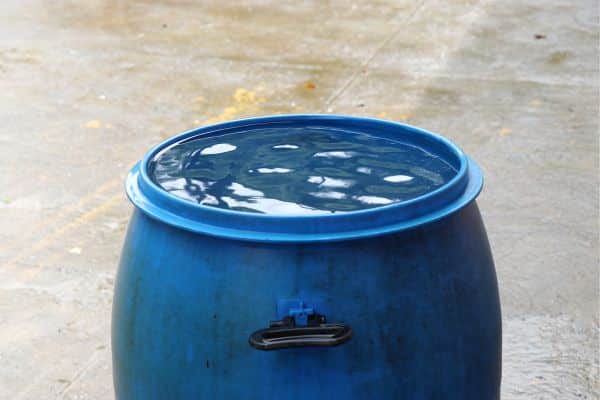
Adhering to legal and health guidelines is crucial for ensuring the safety of stored water. Government agencies like the Environmental Protection Agency (EPA) and the Federal Emergency Management Agency (FEMA) provide standards and recommendations for water storage. These guidelines cover aspects such as the types of containers to use, storage conditions, and the duration for which water can be safely stored. Following these guidelines helps in maintaining a safe water supply.
Health risks associated with consuming contaminated water can be severe, ranging from gastrointestinal illnesses to more serious conditions. Vulnerable groups, such as children, the elderly, and those with weakened immune systems, are particularly at risk. It’s important to be aware of these risks and take necessary precautions, especially when providing water to these groups. Regular updates and recommendations from health authorities can provide valuable information on how to manage and consume stored water safely.
Alternatives To Long-Term Water Storage
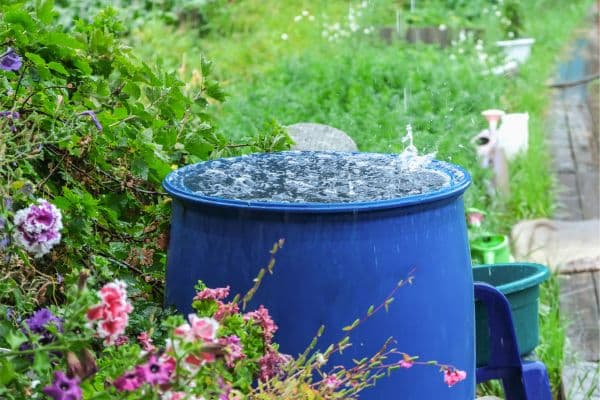
While long-term water storage is a viable option for emergency preparedness, there are alternatives that can be considered. Water purification tools, such as filters and purification tablets, offer a way to make water safe at the point of use. These tools are particularly useful in situations where storing large quantities of water is not feasible. They provide flexibility and can be a reliable backup when stored water is not available or has been compromised.
Natural sources of water, such as rainwater and streams, can also be utilized, provided they are collected and treated properly. Safe collection methods are important to prevent contamination from the environment. In emergency situations, knowing the community resources and emergency services available for water supply can be invaluable. These alternatives, combined with proper knowledge and tools for purification, can provide a robust solution for ensuring a safe water supply when long-term storage is not an option.
Safeguard Your Water, Secure Your Health
The safety of drinking old water storage hinges on understanding the basics, recognizing risks, and adhering to best practices. Regular monitoring and maintenance are key to ensuring water remains safe over time. It’s essential to stay informed about the latest guidelines and to be prepared to purify or treat water as needed. Take the initiative to review your water storage strategies today, ensuring they align with these insights for a reliable and safe water supply in any situation.


